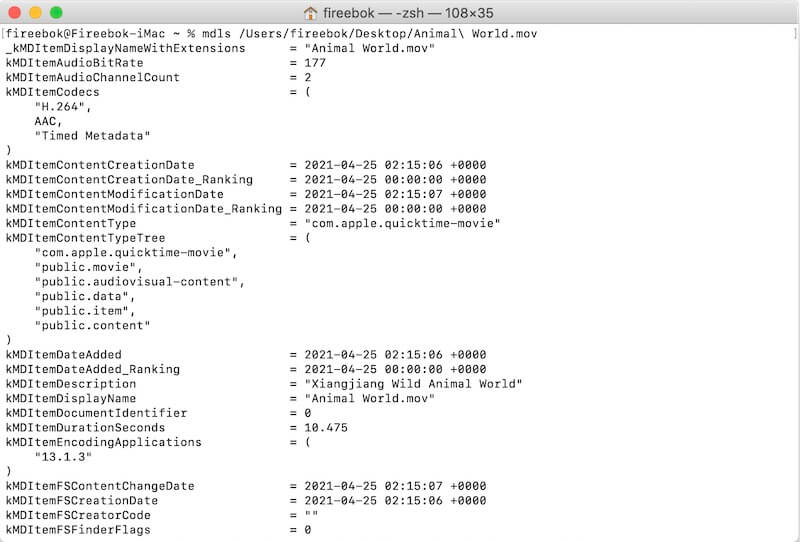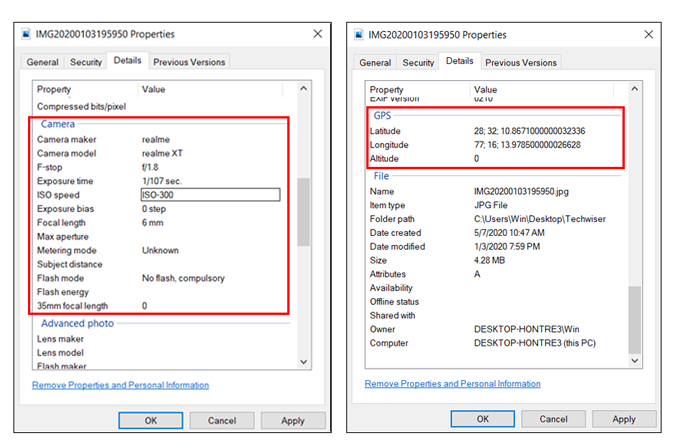

You shouldn’t run into any major issues if you delete cached files from system-level ( /Library/Caches/) and user-level folders ( ~/Library/Caches/). It’s good to be careful about deleting stuff from your Mac, but it’s generally safe to remove cached data. If any of these things happen, then it can be a good idea to clear caches on your Mac. That can include information you’ve entered into web forms, your browsing history, and so on Cached data may contain private information that you don’t want other people to see.
DELETE VIDEO METADATA MAC MAC

That’s just one of many things MacKeeper can do to make your Mac safer and better.
DELETE VIDEO METADATA MAC HOW TO
In this guide, we’ll show you how to do just that.Īlthough large data caches can slow down your Mac, so can malware. But there are times when you’ll want to clear them out.

Usually, caches are helpful, and most of the time, you shouldn’t need to touch them. That makes browsing faster and reduces the load on websites. Web browsers have caches, for example, where they store content from web pages, so when you return to those pages, your browser doesn’t have to load that content again.

Operating systems like macOS have caches, but so do individual apps. Quite simply caches are areas where computers temporarily store data that they’ll likely need again soon. The good news is you can delete that data before you share any file.Macs, like all computers, use caches to help them maintain performance. If sharing that potentially personal information makes you feel queasy, you’re not alone.
DELETE VIDEO METADATA MAC ISO
(You can opt out of these settings, though.) When you use a digital camera, this bundle of information will also include technical data like ISO speed or the aperture settings you used when you took the photo. When you use a phone or tablet to capture photos or video, it will (by default) embed information like the make and model of the device that generated the file, along with the exact GPS location where it was created. It gets even trickier with images, as these files use a standard called exchangeable image format, or EXIF. This is everything related to a file that’s not the content itself-format, what program it came from, its creation date, and sometimes even the name of its author. But even though you’re being careful, it may not be enough.Įverything you upload to the internet has metadata attached to it. When it comes to guarding your privacy online, your first instinct might be to protect your content-by being careful what you write and choosy about what’s in the images you post.


 0 kommentar(er)
0 kommentar(er)
